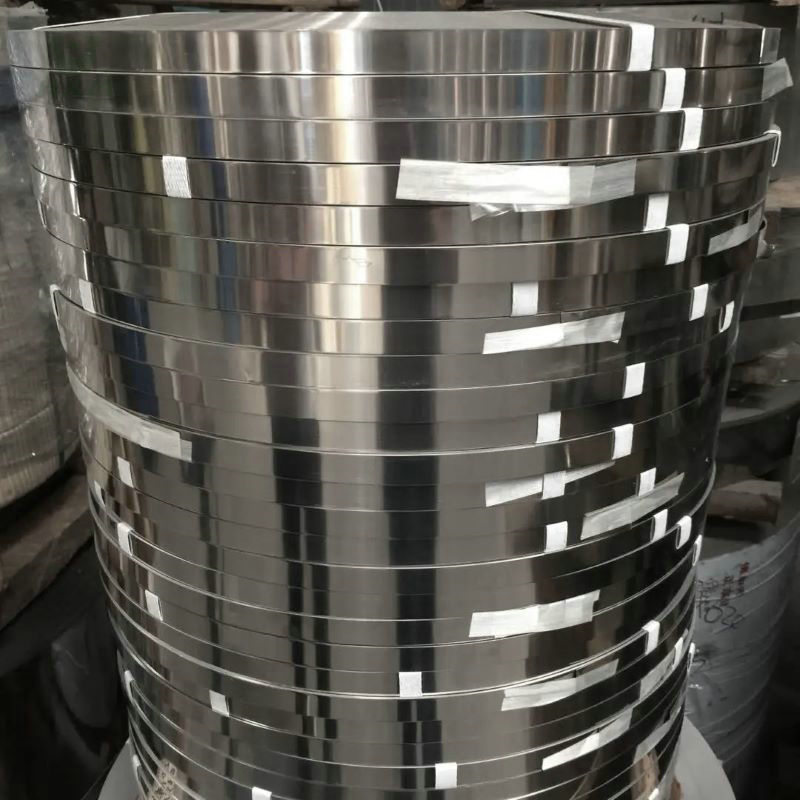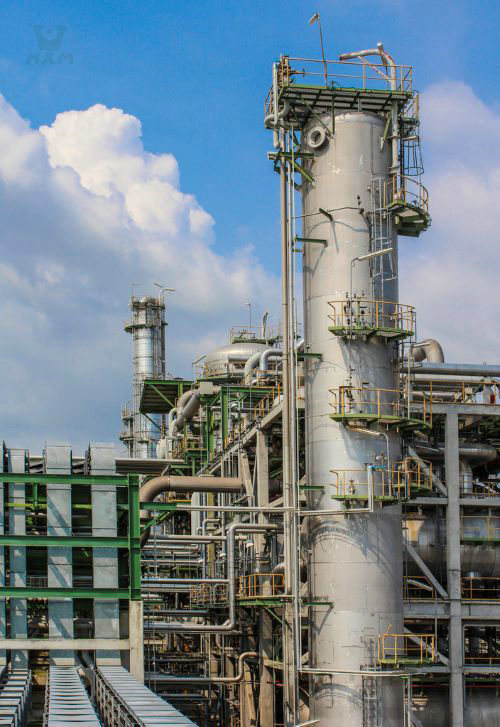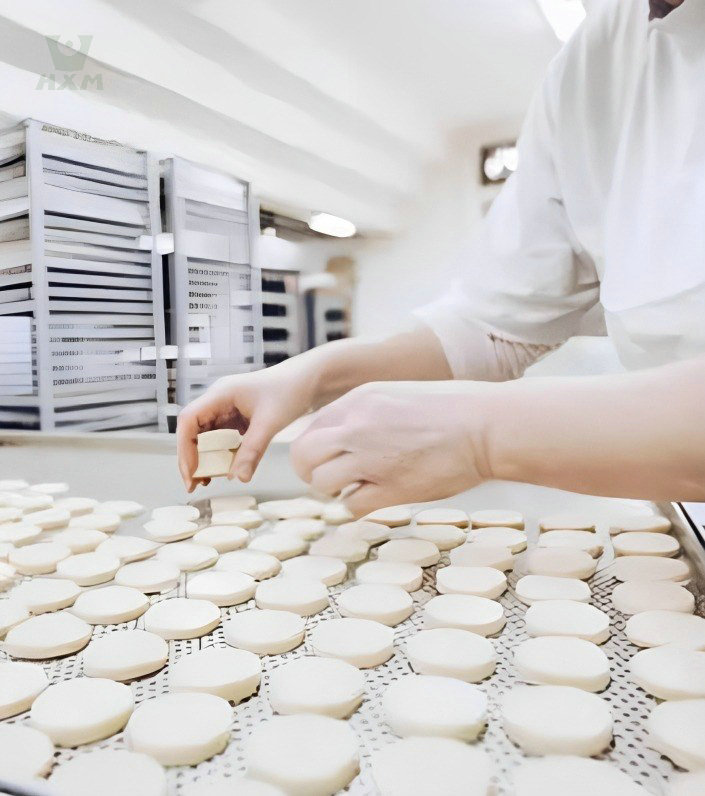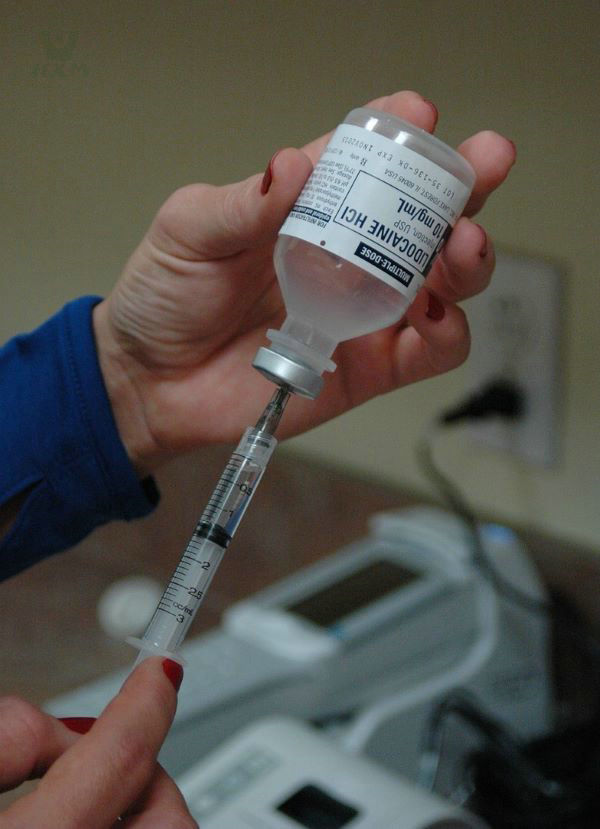
316 Stainless Steel Strip Supplier
- Thickness: 0.03mm – 1.5mm
- Width: 3mm – 600mm, For the wider products pls check in coil products
- Finish: 2B, BA, TR
- TEMPER/Hardness: ANN / Soft, 1/2, 3/4, FH/Full hard, EH, SEH/Super EH
- Coil Diameter /ID: 200mm, 400mm, 510mm, 608mm
- MOQ: 2MT
Product Description of 316 Stainless Steel Strip
As the professional stainless steel strip supplier, we will detail 316 stainless steel strip here. One of the key characteristics of 316 stainless steel strip is its excellent corrosion resistance. Due to its high content of chromium, nickel and molybdenum elements, 316 stainless steel strip is resistant to a wide range of corrosive media, including acidic and alkaline solutions, chlorides and other chemicals. This makes 316 stainless steel strip widely used in industries such as marine environments, chemical equipment, food processing and medical equipment.
Another important feature is the excellent mechanical properties of 316 stainless steel strip. It has high strength and good plasticity and is able to withstand high stress and pressure environments. Whether under high or low temperature conditions, 316 stainless steel strip maintains its stable performance, making it ideal for applications requiring high strength and durability.
We are committed to providing our customers with high-quality products and comprehensive services. Our 316 stainless steel strips are subjected to strict quality control and inspection procedures to ensure the quality and consistency of our products. Whether you need stainless steel strips in standard sizes or custom sizes, we can meet your needs.
Specification of 316 Stainless Steel Strip
Chemical Components of 316 Stainless Steel Strip
| 316 | C% | Si% | Mn% | P% | S% | Ni% | Cr% | Mo% |
| ASTM A240/A240M | ≤ 0.08 | ≤ 1.00 | ≤ 2.00 | ≤ 0.045 | ≤ 0.030 | 10.0-14.0 | 16.0-18.0 | 2.0-3.0 |
| EN 10028-7 | ≤ 0.08 | ≤ 1.00 | ≤ 2.00 | ≤ 0.045 | ≤ 0.030 | 10.0-14.0 | 16.0-18.0 | 2.0-2.5 |
| JIS G4304 | ≤ 0.08 | ≤ 1.00 | ≤ 2.00 | ≤ 0.045 | ≤ 0.030 | 10.0-14.0 | 16.0-18.0 | 2.0-3.0 |
| GB/T 4237 | ≤ 0.08 | ≤ 1.00 | ≤ 2.00 | ≤ 0.045 | ≤ 0.030 | 10.0-14.0 | 16.0-18.0 | 2.0-3.0 |
Mechanical Properties of 316 Stainless Steel Strip
| 316 | T.S.(MPa) | Y.S.(MPa) | EL.(%) | HB |
| ASTM | ≥ 515 | ≥ 205 | ≥ 40 | ≤ 217 |
| JIS | ≥ 520 | ≥ 205 | ≥ 40 | ≤ 187 |
| EN | ≥ 520 | ≥ 205 | ≥ 40 | ≤ 220 |
| GB | ≥ 520 | ≥ 205 | ≥ 40 | ≤ 187 |
Physical Properties of 316 Stainless Steel Strip
| 316 | Density (g/cm³) | Melting point (℃) | Thermal conductivity (W/m-K) | Coefficient of thermal expansion (10^-6/K) |
| ASTM | 7.98 | 1370-1400 | 16.2 | 15.9 |
| JIS | 7.98 | 1370-1400 | 16.3 | 15.9 |
| EN | 7.98 | 1370-1400 | 15.0 | 15.0 |
| GB | 7.98 | 1370-1400 | 16.2 | 15.9 |
Features of 316 Stainless Steel Strip
316 stainless steel strip is known for its excellent corrosion resistance. It exhibits excellent resistance to corrosion, whether in acidic, alkaline or chloride environments. It is resistant to a wide range of corrosive media, including sulfuric acid, hydrochloric acid, alkaline solutions, and chloride ions present in seawater. Its corrosion resistance exceeds that of many other stainless steel materials, and it maintains its superior performance under high temperature and pressure conditions.
316 stainless steel strip has excellent high temperature resistance, making it ideal for many high temperature applications. It is able to maintain its structural strength and mechanical properties in high temperature environments and is less susceptible to deformation and creep. In general, 316 stainless steel strip can operate at continuous use temperatures ranging up to 870°C (1600°F). In addition, it is capable of exhibiting good resistance in intermittent use temperatures up to 925°C (1700°F).
The high temperature resistance of 316 stainless steel strip is attributed to its high content of chromium and nickel elements, as well as the addition of molybdenum. These alloying elements give 316 stainless steel strip good thermal stability and oxidation resistance, preventing oxidation and corrosion from occurring. In addition, 316 stainless steel strip has a low thermal conductivity and a low linear coefficient of thermal expansion, which helps reduce the effects of thermal stress and thermal expansion on the material.
r mattis, pulvinar dapibus leo.
316 stainless steel strip is widely preferred for its excellent mechanical properties. It has high strength, good toughness and excellent tensile resistance, making it one of the materials of choice for many engineering applications.
First, 316 stainless steel strip has excellent tensile and yield strengths. Depending on the standard specification, 316 stainless steel strip typically has a yield strength of 200 to 300 MPa and a tensile strength of 500 MPa or more. This means that it can withstand tensile forces in high stress environments, maintaining structural stability and strength.
Second, 316 stainless steel strip exhibits good toughness. It has high elongation and impact toughness, enabling it to perform with excellent resistance to deformation in impacted or high strain environments. This makes 316 stainless steel strip suitable for applications that require durability and resistance to tensile fatigue, such as structural parts, springs, tape measures and bending members.
In addition, 316 stainless steel strip has good hardness and wear resistance. It can be heat treated and cold worked to further increase its hardness and strength to meet the requirements of different applications. At the same time, its resistance to abrasion makes it resistant to external forces such as friction, wear and scuffing, maintaining its surface finish and aesthetics.
316 stainless steel strip is widely recognized for its excellent welding properties. As a corrosion and temperature resistant material, it exhibits excellent properties in the welding process, making it the material of choice for many industries.
316 stainless steel strip has excellent weldability and is capable of reliable connections through a variety of welding methods. Common welding methods include arc welding (including manual arc welding and argon arc welding), resistance welding, and laser welding. These welding methods are not only suitable for joining 316 stainless steel strip to each other, but can also be used to weld it to other materials to achieve complex assemblies and fabrications.
The weldability of 316 stainless steel strip is influenced by its low carbon content, giving it good heat treatability during the welding process. The low carbon content helps reduce the risk of intergranular corrosion and improves the corrosion resistance of welded joints. In addition, 316 stainless steel strip also has a low coefficient of thermal expansion, which reduces stress and deformation during the welding process and improves the quality and stability of the weld.
As a professional stainless steel strip supplier, we are committed to provide high quality 316 stainless steel strip and ensure its excellent welding performance.
316 stainless steel strip has significant low magnetic properties that make it ideal for many applications. This low magnetic property allows 316 stainless steel strip to be used in a wide range of applications in electronic equipment, medical devices, aerospace and other areas where low magnetic interference is required.
The low magnetism of 316 stainless steel strip is determined by its chemical composition and crystal structure. Its high chromium content and added nickel elements give 316 stainless steel strip excellent antimagnetic properties. By controlling the alloy composition and processing, magnetic properties can be minimized to meet the needs of applications that are extremely sensitive to magnetic interference.
This low magnetism makes 316 stainless steel strip an ideal material for use in medical devices because it does not interfere with the performance of medical imaging equipment and other electronic devices. Also, in the aerospace field, the low magnetic properties of 316 stainless steel strip ensure the accuracy and stability of precision instruments and navigation systems.
As a professional stainless steel strip supplier, we provide high quality 316 stainless steel strip to ensure its excellent low magnetic properties.
Application of 316 Stainless Steel Strip

chemical industry
316 stainless steel strip products are commonly used in chemical equipment, storage tanks, piping and valves for handling corrosive chemicals and high temperature and pressure chemical processes. It resists acidic and alkaline solutions, salt solutions, and other corrosive media, maintaining its structural integrity and performance stability. In the chemical industry, 316 stainless steel strip is widely used in chemical plants, petroleum refining, pharmaceutical industry, food processing, wastewater treatment and other fields. It can be used to manufacture tanks and vessels, piping and ductwork, reactors and heat exchangers, centrifuge components, etc. Its corrosion resistance and high temperature resistance enable these equipments to operate for a long time under harsh chemical environments, ensuring the safety and stability of the production process. As a professional stainless steel strip supplier, we are committed to providing high quality 316 stainless steel strip products for the chemical industry.

marine environment
316 stainless steel strip products have excellent resistance to seawater corrosion and are able to withstand the corrosive chloride ions and other corrosive media found in the ocean, thereby extending the life of the material. This makes 316 stainless steel strip widely used in marine engineering for ship construction, offshore platforms, offshore drilling equipment, subsea pipelines, seawater treatment equipment and other fields.n the marine environment, 316 stainless steel strip is also resistant to marine atmospheric corrosion and seawater corrosion, and is able to maintain its stability and aesthetics under harsh climatic conditions. At the same time, its resistance to abrasion and impact enables it to withstand the effects of waves, storms and other external forces in the marine environment. As a professional stainless steel strip supplier, we offer high quality 316 stainless steel strip products to meet the needs of marine engineering.

food processing industry
316 stainless steel strip products are widely used in food processing equipment and machinery, such as food conveying systems, food baking ovens, smokers, fryers, food cutting machines, etc. Its corrosion resistance ensures that no adverse reactions or contamination will occur when in contact with acidic, alkaline or corrosive foods during food handling. In addition, 316 stainless steel strip is widely used in food packaging because of its good hygienic properties and its ability to resist the growth of bacteria, mold and other microorganisms. It can be made into food containers, food storage tanks, accessories for food processing equipment, etc. to ensure food safety and hygiene. As a professional stainless steel strip supplier, we offer high quality 316 stainless steel strip products that meet the relevant standards and requirements of the food processing industry.

medical devices
316 stainless steel strip products are widely used in medical device manufacturing due to its excellent corrosion resistance and ability to resist a wide range of chemicals. It is commonly used in the manufacture of surgical instruments, surgical fixtures, implants, stents and guide wires. In addition, 316 stainless steel strip has good biocompatibility with human tissues and body fluids and will not cause allergies or other adverse reactions. This makes it suitable for the manufacture of implants, such as artificial joints, vascular stents, dental implants, and other medical devices and equipment. As a professional stainless steel strip supplier, we offer high quality 316 stainless steel strip products that meet the relevant standards and requirements for medical device manufacturing.

architectural and decorative applications
316 stainless steel strip products have an elegant appearance, smooth surface and bright metallic texture, giving architectural and decorative elements a unique modern and sophisticated feel. It can be used to make decorations, columns, handrails, railings, door and window frames, etc., adding high quality and fashionable atmosphere to buildings. In addition, 316 stainless steel strip has good workability and can be bent, cut, welded and polished to meet different design needs and decorative effects. It can be customized into various shapes and sizes to achieve personalized architectural and decorative solutions. As a professional stainless steel strip supplier, we offer high quality 316 stainless steel strip products to meet the needs of the construction and decoration industry.
FAQ
What is the difference between 316 stainless steel strip and 304 stainless steel strip?
There are some important differences between 316 stainless steel strip and 304 stainless steel strip, including the following:
Chemical Composition: 316 stainless steel strip contains higher levels of nickel and molybdenum, compared to the lower levels of 304 stainless steel strip. This makes 316 stainless steel strips superior in terms of corrosion resistance.
Corrosion Resistance: Due to the higher molybdenum content in 316 stainless steel strips, it has better corrosion resistance, especially for chlorides and acidic environments. Therefore, 316 stainless steel strip is more commonly used in corrosive environments such as marine environments and chemical industries.
Thermal Oxidation Resistance: 316 stainless steel strip has better oxidation resistance in high-temperature conditions and is more suitable for high-temperature applications than 304 stainless steel strip.
Magnetism: 304 stainless steel strip is non-magnetic, while 316 stainless steel strip may be slightly magnetic under some specific conditions, but is still generally considered a non-magnetic material.
Is it possible to weld 316 stainless steel strip?
Yes, 316 stainless steel strip can be welded. Due to the chemical composition and structural properties of 316 stainless steel strip, it has good welding properties. Common welding methods include arc welding, inert gas shielded welding (e.g. TIG welding) and shielding gas welding (e.g. MIG welding). When welding 316 stainless steel strip, it is usually necessary to select the appropriate welding materials and suitable welding parameters to ensure the quality and corrosion resistance of the welded joints.
As a professional stainless steel strip supplier, we can provide you with advice on welding methods and recommendations while offering high quality 316 stainless steel strip. As your stainless steel strip supplier, we are committed to providing high quality products and perfect service to meet your needs.
What are the surface treatment methods of 316 stainless steel strip?
Common surface treatment methods for 316 stainless steel strip include the following:
Pickling: Using an acid solution to remove oxides and contaminants from the surface to improve the surface quality of the stainless steel strip.
Polishing: The surface of the stainless steel strip is polished by mechanical or chemical methods to give it a smooth, shiny appearance.
Plating: Provides additional corrosion resistance and decorative effects by forming a thin film on the surface of the stainless steel strip, such as electroplating or chemical coating.
Sandblasting: Using high speed blasting granules to impact the surface of the stainless steel strip to form a uniform fine texture, adding to its decorative effect and anti-slip properties.
Ceramic Coating: A ceramic coating is applied to the surface of the stainless steel strip to provide higher abrasion and corrosion resistance.
Different surface treatment methods are suitable for different applications and needs. As a stainless steel strip supplier, we can provide different surface treatment options to meet your specific needs.
How to process 316 stainless steel strip?
316 stainless steel strip can be processed by a variety of machining methods, depending on the desired shape, size, and application. The following are some common processing methods:
Shearing: Stainless steel strip is cut to the desired length or shape using shearing machinery.
Bending: Using bending machinery to bend the stainless steel strip to the desired angle or shape.
Punching: Using a punch and die to punch out the desired hole, groove, or shape of the stainless steel strip.
Rolling: Stainless steel strip is pressed into the desired shape or texture by means of rollers or rollers.
Welding: The ends or joints of the stainless steel strip are welded to form a joint or fixation.
Polishing: The surface of the stainless steel strip is polished using mechanical or chemical methods to give it a smooth appearance.
Forming: Stainless steel strip is cooled or heated using forming equipment to form the desired shape in a mold.
How long is the service life of 316 stainless steel strip?
The service life of 316 stainless steel strip depends on a variety of factors, including the environment in which it is used, the level of stress, and maintenance. In general, 316 stainless steel strip has a long service life due to its excellent corrosion and temperature resistance.
At room temperature, 316 stainless steel strip can be used for long periods of time and may have a service life of over decades under normal use conditions. However, if exposed to harsh environments or subjected to higher stresses, its life may be reduced.
To extend the life of 316 stainless steel strip, the following measures are recommended:
Regular Cleaning: Keep the surface of the stainless steel strip clean and avoid accumulation of dirt and corrosive materials.
Avoid Excessive Stress: Avoid applying excessive stress to the stainless steel strip during use to reduce deformation and fatigue.
Prevent Chemical Corrosion: Avoid contact between stainless steel strip and corrosive chemicals, especially strong acids, alkalis and salts, etc.
Proper Storage: If stainless steel strip is not used, store it in a dry, ventilated and non-corrosive gas environment to prevent corrosion and surface contamination.
How to maintain and care for 316 stainless steel strip?
To ensure the good condition of 316 stainless steel belts and to extend their service life, the following are some recommendations for maintenance and care:
Regular Cleaning: Clean the surface of stainless steel belts with mild detergents and soft cloths. Avoid using cleaners that contain abrasive or acidic ingredients that can damage the surface of the stainless steel.
Avoid Scratching: Avoid using sharp or rough objects to directly touch the stainless steel belt to avoid scratching the surface. Also, avoid friction with other metal substances to prevent rusting.
Prevent Chemical Corrosion: Avoid contact between the stainless steel strip and corrosive chemicals, such as strong acids, alkalis, salts, etc. If spilling occurs, it should be immediately rinsed with water and wiped dry.
Regular Inspection: Regularly check the surface of the stainless steel belt for corrosion, scratches or other damage. If problems are found, take timely repair measures to avoid further deterioration.
Proper Storage: If stainless steel strip is not in use, store it in a dry, ventilated and non-corrosive gas environment to prevent corrosion and surface contamination.
Avoid Excessive Stress: Avoid applying excessive stress to the stainless steel strip during use to reduce deformation and fatigue.
Regular Maintenance: Depending on the use, regularly maintain the stainless steel belt, such as applying protective paint or coating, to provide additional protection and extend service life.
Get In touch
Ready to Elevate Your Projects? Dive into our Stainless Steel Collection and Submit Your Specifications Today!
Phone/WhatsApp/WeChat:
+86 13052085117
Email: [email protected]
Address: RM557, NO.1388 Jiangyue Road, Shanghai China



